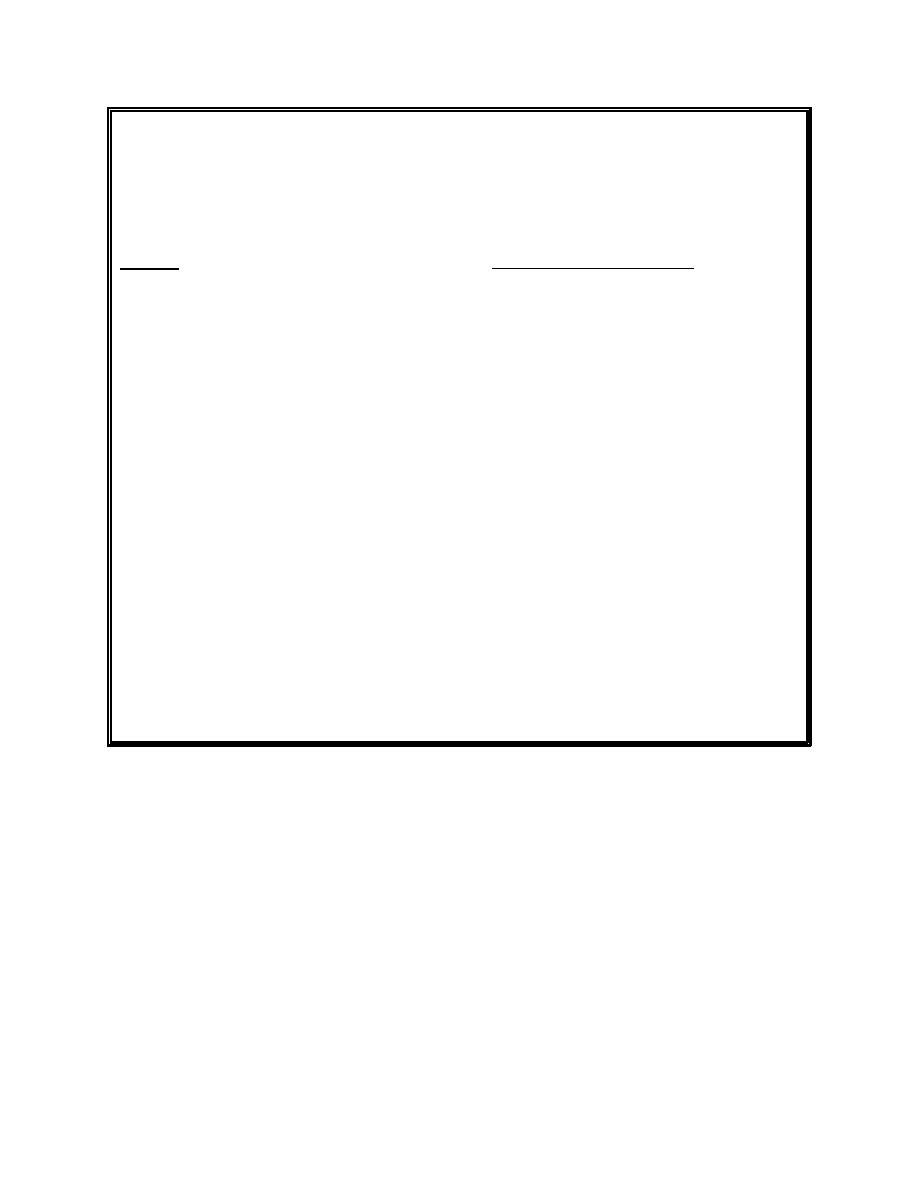 |
||
|
|
||
|
Page Title:
Example 10: Establishing an Appropriate and Relevant Measurement End Point |
||
| |||||||||||||||
|
|
 Example 10: Establishing an Appropriate and Relevant Measurement End Point
For PCBs, body burdens in flounder are a reasonable measurement end point. The flounder feed directly
on benthic, sediment dwelling organisms which can bioaccumulate PCBs. Note that for other COCs this
may not be a good end point. For example, the COCs, also include lead which does not biomagnify.
Flounder Body Burdens of PCBs
Attribute
Closeness of correspondence to the assessment
Moderate - the measurement of body burdens is not a
endpoint
direct measure of fish health or reproductive
capacity.
Site specificity
Strong - the fish probably acquire body burdens
due to exposure to site-related contaminants.
Correlation of stressor to response
Moderate - there is evidence in the literature
indicating relationships between body burdens of
COCs and changes in fish physiology, reproduction,
and growth.
Availability of an objective measure for judging
Moderate - there are no promulgated standards for
environmental harm
protection of ecological receptors based on body
burdens. However, the USACE assembled a "residue
effects" data based for various contaminants.
Sensitivity of the measurement end point for
Moderate - the literature indicates a wide range in
detecting changes
tolerance among fish species for body burdens of
various COCs.
Quantitative
Strong - the measurement is quantitative.
Use of a standard method
Strong - there are accepted methods for analysis of
COCs in tissue.
47
Chapter 2 Problem Formulation
|
|
Privacy Statement - Press Release - Copyright Information. - Contact Us - Support Integrated Publishing |